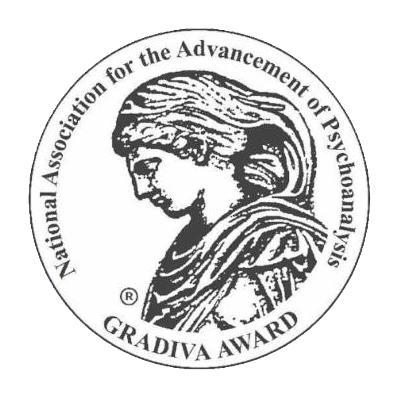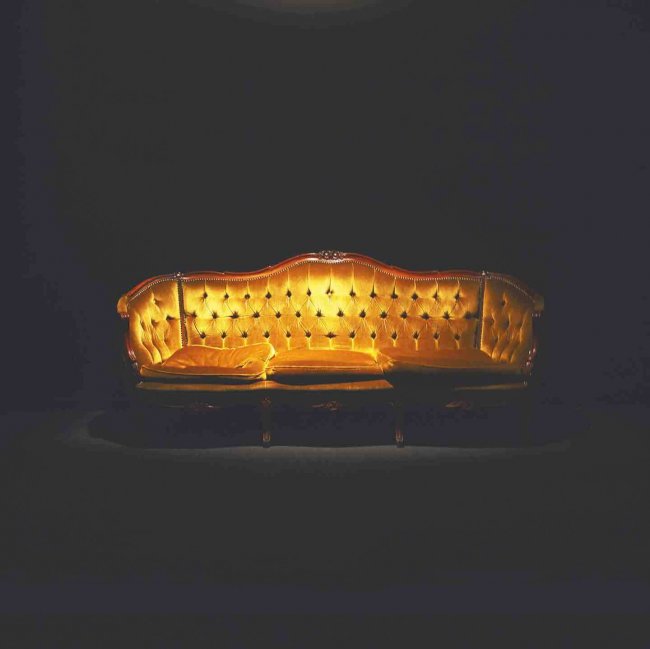In My Backyard by Mark Solms
Since going through the process on my farm using those psychoanalytical tools, I have seen all around me in this country opportunities for what we learned to be applied to psychoanalysis. There’s a special role for psychoanalysis in South Africa, and it’s a little different from other places. […]






